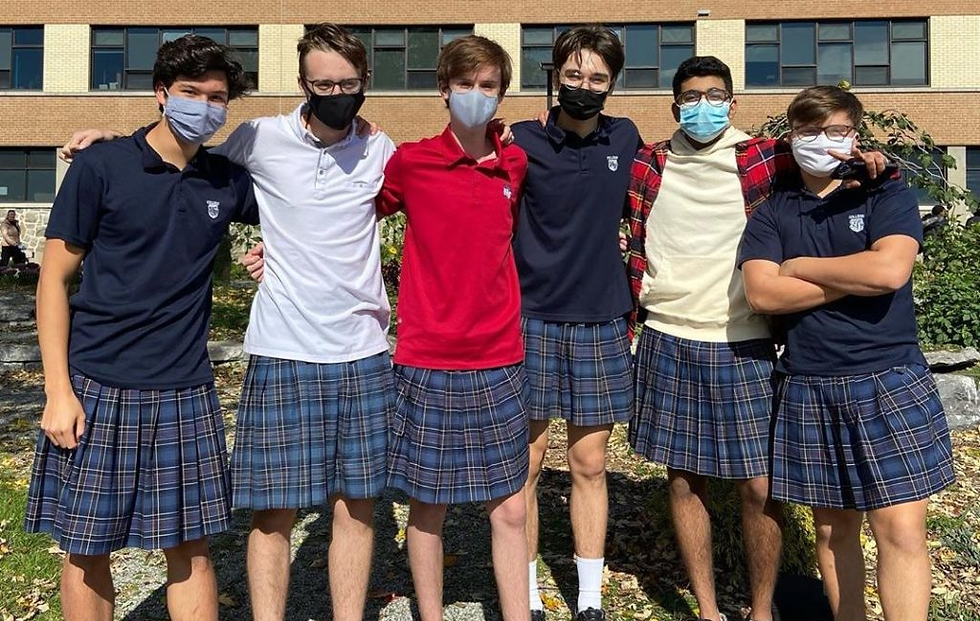Age and Economic Status X Distance Learning During Covid-19 Pandemic
- Natalia Lima
- Oct 23, 2021
- 3 min read

With the outbreak of the COVID -19 pandemic in 2020, the lives of billions of people changed dramatically in the blink of an eye. In just one year and six months, this deadly disease killed more than 4.55 million people worldwide. When the turmoil around public health began, schools were obligated to shut down forcing students to embark on the remote learning experience. Be that as it may, this form of schooling was not the best solution for those who tackle learning difficulties, confinement, and lack of resources.
With an eye toward comprehending the effect that DL (Distance Learning) has had on students, consulting firm McKinsey & Company surveyed teachers from eight different countries, including Australia, Canada, China, France, Germany, Japan, United Kingdom, and the United States, in late October and early November 2020 to analyze student performance in adapting to this new form of learning. Based on previous evidence that such outcomes are affected by the duration of the shutdown, these teachers were asked to report on the first few months of the epidemic, a period when DL was in effect at most of the sites studied. To determine the validity of this learning, educators were asked to "rate the effectiveness of distance learning on a scale of one to ten, where one represents the least effective, resulting in little or no academic progress, and ten means that the learning is at least comparable to what students would normally learn in a classroom-perhaps even better."
After the surveys were completed, it was concluded that certain segments of the student body were significantly negatively impacted. In all countries, it was uncovered that learners in kindergarten through third grade (2.2 months of learning loss) suffered a greater loss than learners in ninth through twelfth grade (1.7 months of learning loss). According to the New York Post, parents have expressed their children’s anguishes in regards to DL by sharing pictures of their kids “curled in a ball facing away from the desk after several hours, others describe screaming, sobbing and outbursts after children as young as five are left feeling fried after being expected to stay engaged six hours a day online.” A possible explanation for such reactions is that preschool and elementary learners tend to learn better through play or interactive activities with their teachers or classmates, something that DL does not offer. Not only that, but these students have difficulty using necessary online platforms such as Zoom or Powerpoint by themselves, requiring a parent or guardian to constantly stay by their side in order for them to keep up with their teachers.
In addition, the economic status of learners was an important factor in these reports. In schools where more than 80% of students lived in households below the poverty line, the average learning loss was 2.5 months, while 80% of students living above the poverty line experienced a learning loss of 1.6 months. Such students below the poverty line often lack access to technology, more specifically an internet connection or a device where they can watch their lessons, which interrupts the productivity of their learning. As stated previously, it is common for students to ask for help while having to navigate online platforms for school, yet many low income parents or guardians are essential workers, meaning they work in grocery stores, construction sites, etc. These jobs make them unavailable to stay at home and help their kids “as much as parents in other communities”.
As explained earlier, the McKinsey & Company survey only analyzed the onset of distance learning. Nevertheless, it can be concluded that students' learning experiences during distance education cannot be generalized, or in other words, classified as effective or less effective based on factors such as age and economic status that contributed to such results.
Fowler, S. (2020). Effects of Poverty on Education During Distance Learning | AdoptAClassroom.org. [online] AdoptAClassroom.org. Available at: https://www.adoptaclassroom.org/2020/06/23/effects-of-poverty-on-education-during-distance-learning/ [Accessed 8 Oct. 2021].
Li-Kai Chen, Dorn, E., Sarakatsannis, J. and Wiesinger, A. (2021). Teacher survey: Learning loss is global—and significant. [online] McKinsey & Company. Available at: https://www.mckinsey.com/industries/public-and-social-sector/our-insights/teacher-survey-learning-loss-is-global-and-significant [Accessed 8 Oct. 2021].
Mandel, B. (2020). “Remote learning” is a disaster, and terrible for children. [online] New York Post. Available at: https://nypost.com/2020/09/16/remote-learning-is-a-disaster-and-terrible-for-children/ [Accessed 8 Oct. 2021].




Comments